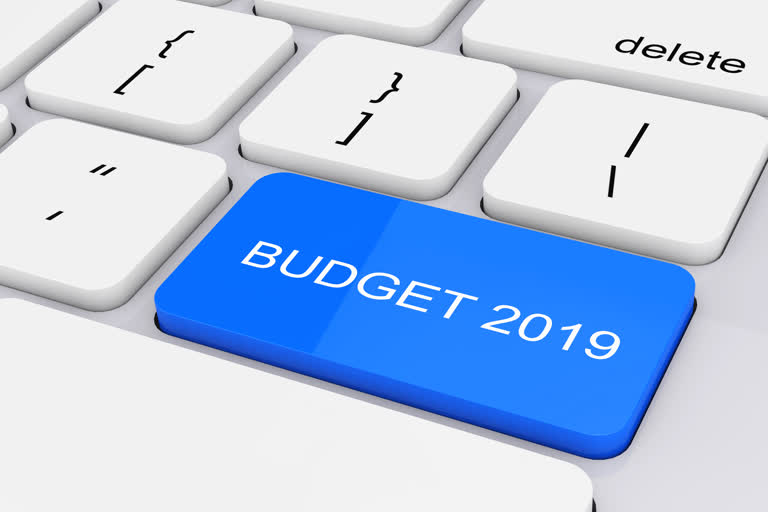Hyderabad:Finance Minister Nirmala Sitharaman will present the Budget on July 5. Etv Bharat brings to you some simple to critical jargons used in the Budget:
Budget: It is a financial plan listing expenditure and income expected during some given future period, usually one year. A budget may be prepared by an individual, a family, a company, or a government. It is mentioned under Article 112 of the constitution as the Annual Financial Statement.
Interim Budget: It is usually presented by the government in its final year of tenure. It is similar to the General Budget but is applicable only until the new government takes charge and present the General Budget.
Vote on Account: it is a grant made in advance by Parliament for expenditure for a part of the next financial year, pending the completion of procedure relating to the voting on the Demand for Grants and the passing of the Appropriation Act.
GDP:It is the total monetary or market value of all the finished goods and services produced within a country's borders in a specific time period. As a broad measure of overall domestic production, it functions as a comprehensive scorecard of the country’s economic health.
GST :It stands for Goods and Services Tax. It is an indirect tax applied to the cost of goods and services sold for domestic consumption. It is paid by consumers and provides revenue for the government.
Fiscal Deficit: When the government's non borrowed receipts fall short of its entire expenditure, It has to borrow money from the public to meet the shortfall. The excess of total expenditure over total non borrowed receipts is called the fiscal deficit.
Revenue Deficit: The difference between revenue expenditure and revenue receipt is known as revenue deficit. It shows the shortfall of the government's current receipts over current expenditure.
Primary Deficit: It is the fiscal deficit minus interest payments. It tells how much of the Government's borrowings are going towards meeting expenses other than interest payments.
Finance Bill: The bill produced immediately after the presentation of the General Budget detailing the imposition, abolition, alteration or regulation of taxes proposed in the budget.
Direct Tax: It is a tax, the ultimate burden of which falls on the person on whom it is levied. To make it simple to understand, these taxes cannot be shifted from the original payer to someone else.
Indirect Tax: It is contrasted with direct tax. Indirect tax can be readily shifted to ultimate consumers of the commodity or service taxed.
Custom Duty: It is a tax on the export and import of goods levied by a national government and payable to it when the goods cross the customs boundaries of the nation. Hence, it is also called border tax.
Balance Sheet: It is a statement of liabilities and assets of a business entity at a point of time. It reflects the policies, size and soundness of the operations of the business. The liabilities indicate the source of its fund while the assets show the nature of its investment.
